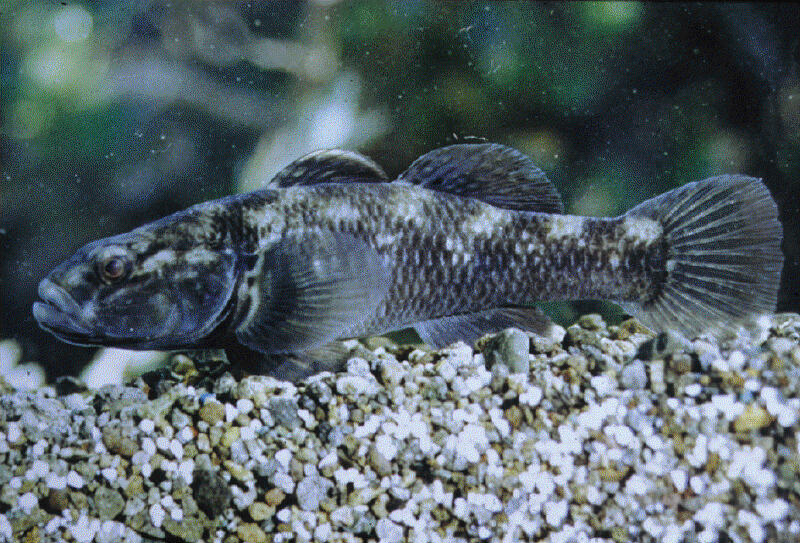 Gobiomorphus
cotidianus Gobiomorphus
cotidianus
The common bully is a native fish
species that is widely distributed throughout New Zealand
freshwater systems. Populations can be found in gently flowing
streams in rural and urban environments as well as in coastal
and inland lakes and river systems.
The broad habitat
preferences and abundance of the common bully means that this
species is very relevant to assessing toxic impacts on New
Zealand freshwater fish.
Acute toxicity test methodology using
juvenile fish has been adapted from Environment
Canada (1990) and USEPA
(1995). A flow-through chronic test method using juvenile
fish has also been developed to determine long-term impacts of
toxicants on the common bully. |
![]()